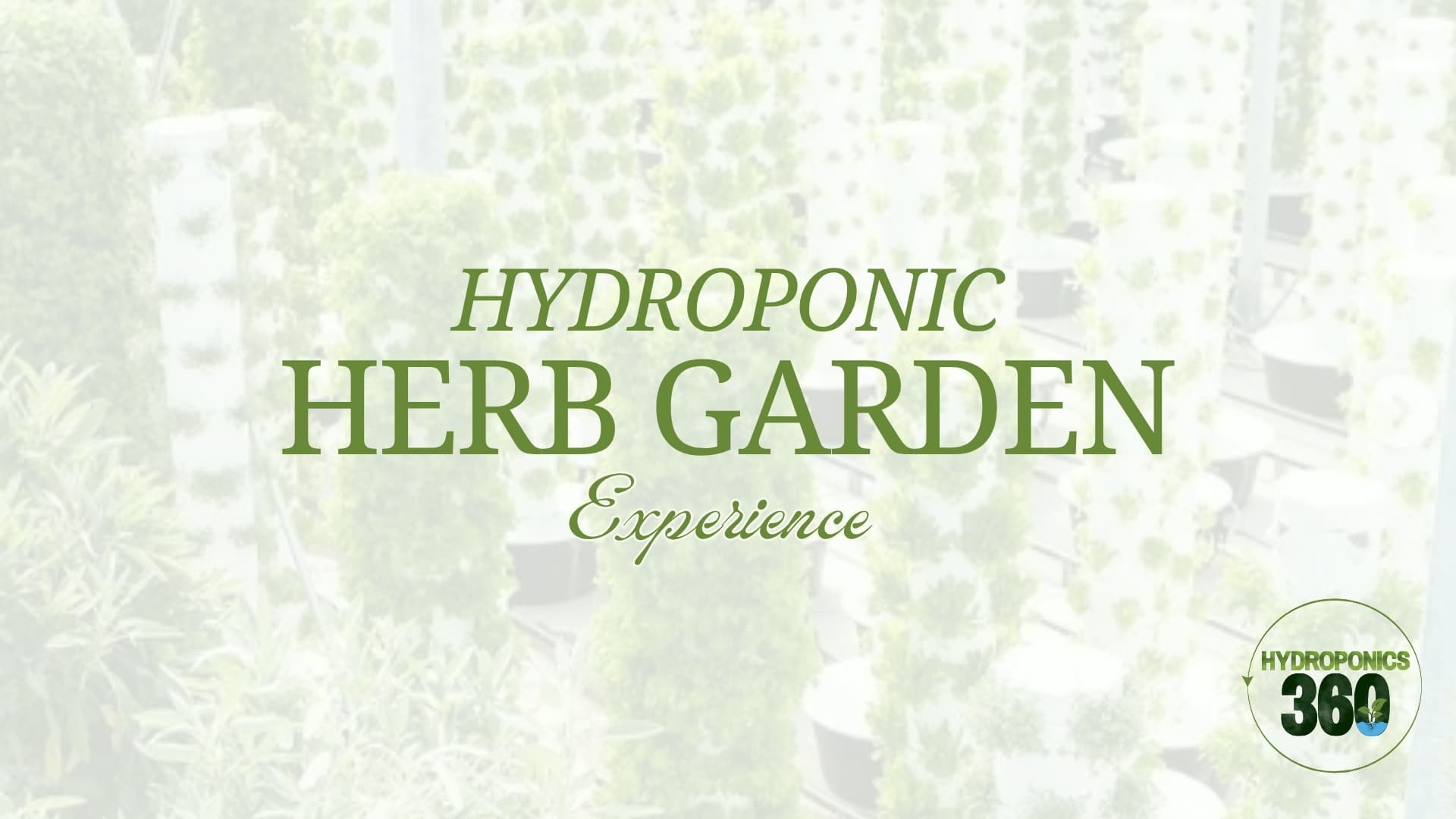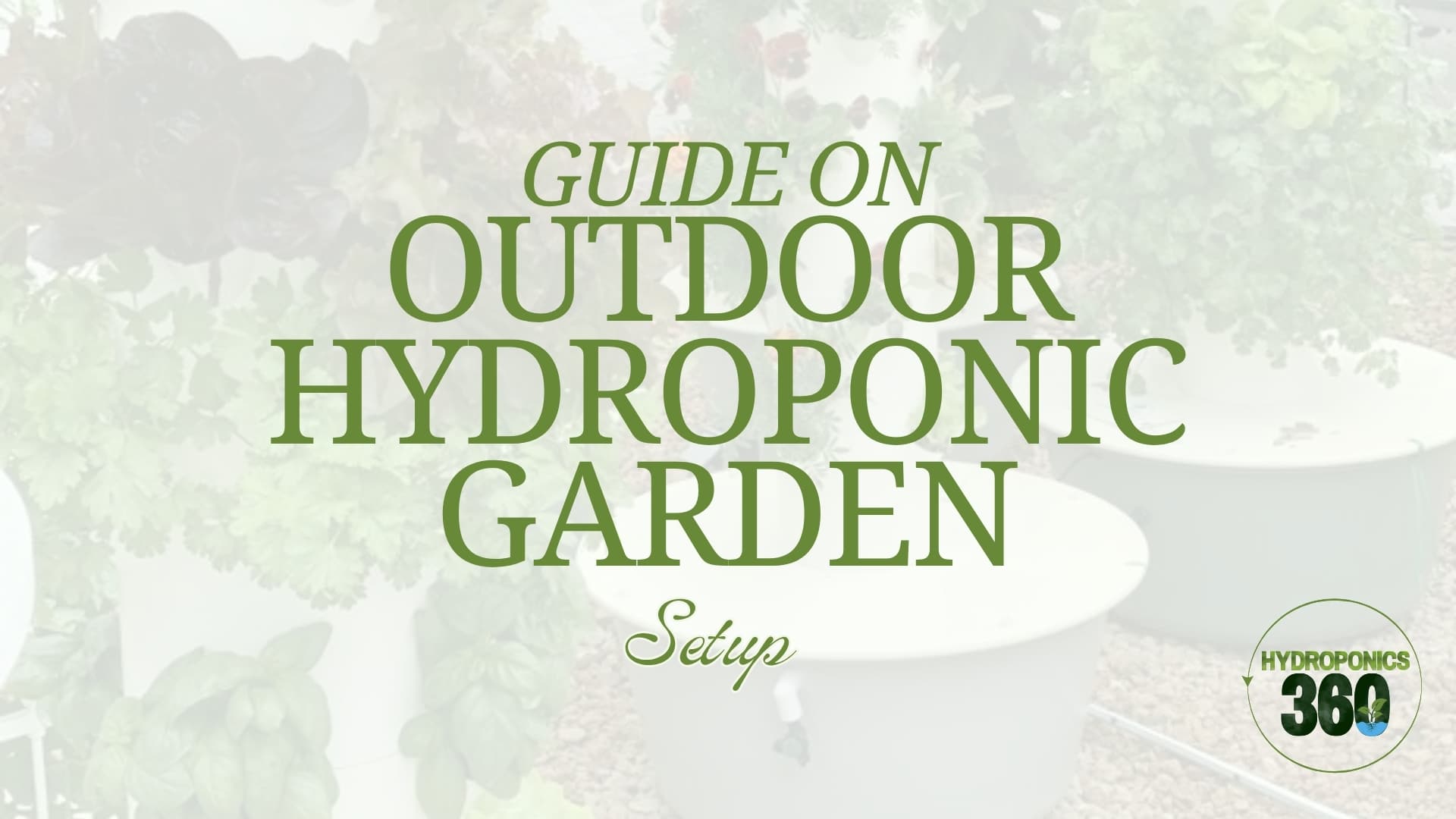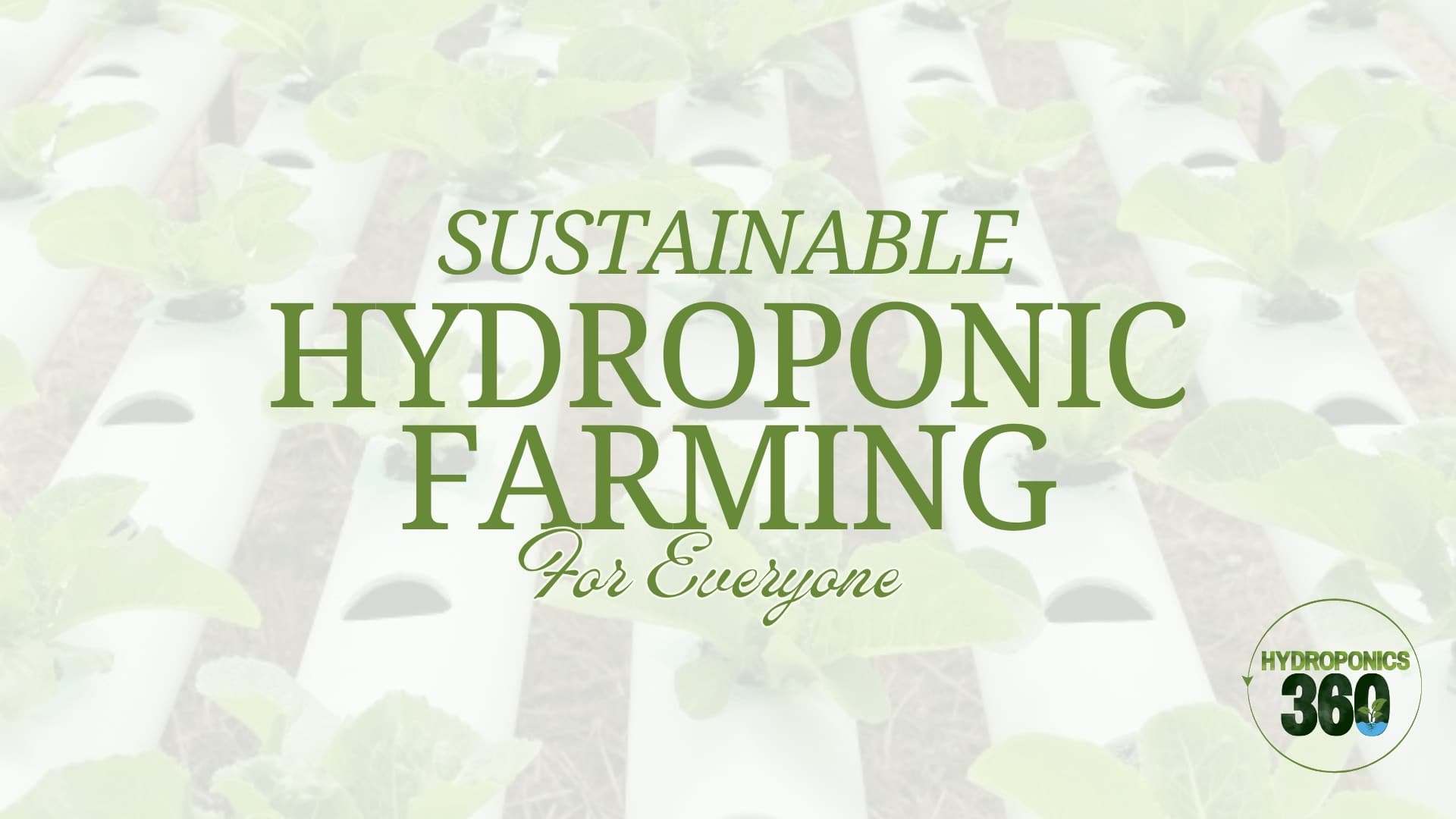Hydroponic Gardens
Table Of Content
Hydroponic gardens have taken the world of gardening by storm, enabling one to grow fresh produce year-round in a water-efficient way right in one’s home. I’ve been there, with simple hydroponics in a cramped apartment kitchen; this stuff is rewarding and can be straightforward. What follows is a comprehensive guide, replete with personal insights to get you started on or refine your own hydroponic journey.
What Is a Hydroponic Garden?
A hydroponic garden is a soilless plant growth system in which nutrient solution water is used to provide a plant’s roots with the necessary minerals and elements. The technique has its roots in ancient times, where some historians think the Hanging Gardens of Babylon used a primitive hydroponic system, while scientific experimentation with soilless growing began only in the 19th and early 20th centuries.
During the 1930s, Dr. William Frederick Gericke from the University of California popularized the concept that it was possible to cultivate crops on a commercial level with water-based cultivation. As time passed, technological development and demand for space-saving and high-yielding agriculture created more advanced hydroponic systems. Hydroponics is valued today for its high yields, water conservation compared to traditional agriculture, and its capacity to grow crops all year long in controlled environments.
What Kind of Systems Can Be Used in a Hydroponic Garden?
There are several main hydroponic systems used by growers in large numbers.
- Deep Water Culture (DWC) suspends roots in an oxygenated nutrient solution continuously.
- Ebb and Flow occasionally floods the grow trays and drains the surplus back to the reservoir.
- Drip systems provide slow, continuous flows of nutrients to each plant.
- Nutrient Film Technique (NFT) circulates a thin layer of water under the roots in a very shallow, sloping channel.
- Finally, Aeroponics mists roots with nutrient solution, optimizing oxygen exposure.
Each of the systems has its own advantages and is chosen based on parameters like space available, kind of crops grown, and experience level of the grower.
Major Elements of a Hydroponic Garden
There are some elements you should have before starting your hydroponic garden journey:
Reservoir and Nutrient Solution
The center of a hydroponic system is the reservoir that contains the water-based nutrient solution. The solution contains all the vital macro- and micronutrients that plants require, including nitrogen, phosphorus, potassium, and trace elements. Proper pH and nutrient levels must be maintained to sustain plant health.
Grow Trays
Grow trays or containers are suspended the plants over the reservoir. Depending on what kind of hydroponic gardening it is, whether Deep Water Culture (DWC), Ebb and Flow, or Drip systems, these trays will either flood and drain or be partially submerged to provide plant roots with a constant supply of water and nutrients.
Water Flow Systems
To provide the flow and aeration of the nutrient solution, pumps and aerators are necessary. In DWC systems, air pumps and stone diffusers supply oxygen directly to the roots. In Ebb and Flow or Nutrient Film Technique (NFT) systems, water pumps recirculate the solution periodically, providing roots with a fresh supply of nutrients and a high level of oxygen.
Lighting and Environmental Control
Adequate lighting is very important, especially for indoor gardens. High-Intensity Discharge (HID), LED, or fluorescent lighting can be used to replicate sunlight. Proper temperature and humidity support the optimization of plant growth and stress minimization, in addition to preventing mold or mildew issues.
How to Start Your Hydroponic Garden
There are different approaches when it comes to hydroponic gardening. For each starting point, you will need to know and attain certain systems and equipment to use:
For Beginners
The Kratky method is often recommended for newcomers who want a hands-off approach. In this passive technique, plants rest above a reservoir of nutrient solution, and as water levels drop, roots extend into the newly formed air gap for oxygen. This setup requires no pumps or electricity, making it both cost-effective and easy to maintain.
DIY Enthusiasts
Building your own system allows for customization and can be surprisingly affordable. PVC pipes, plastic tubs, and aquarium pumps can form the foundation of a homemade vertical or horizontal layout. Numerous online tutorials and community forums offer detailed plans and troubleshooting tips to guide you through every stage of construction.
Maintaining a Thriving Hydroponic Garden
Regular observation is key to keeping plants healthy in a hydroponics garden. Nutrient levels and pH should be tested and adjusted weekly to ensure roots receive the proper balance. Grow lights, typically LED or fluorescent, need to match plant requirements, usually operating for 12–16 hours each day. Keeping the system clean prevents algae and pathogens from building up around the roots. If pests appear, isolate the affected plants and consider organic or natural remedies. Yellow leaves often hint at nutrient imbalances, so tweaking your solution with additional iron or nitrogen can resolve deficiencies before they impact overall growth.
Benefits of a Hydroponic Garden
A hydroponic garden has numerous benefits over traditional soil-based cultivation. Firstly, it uses up to 90% less water, since the nutrient solution is in a closed system. In hydroponic gardens, plants also grow faster and produce more since their roots are in direct contact with an evenly balanced solution of water, oxygen, and nutrients. Since this process provides the option to regulate temperature, humidity, and the level of nutrients with utmost precision, it effectively eliminates the threat of pests, diseases, and weather-induced crop damage.
Common Misconceptions about Hydroponic Gardens
Many people believe hydroponic gardening is overly complex, but numerous beginner-friendly setups use minimal equipment and are surprisingly easy to manage. Others question the nutritional value of hydroponic produce; however, with balanced nutrients and proper pH management, a hydroponic garden can yield crops that are just as nutritious, if not more so, than those grown in soil.
Personal Journey into a Hydroponic Garden
I first ventured into hydroponic gardening after growing tired of supermarket herbs wilting within days. My initial setup was a small countertop system—which I originally purchased from AeroGarden—tucked into my limited kitchen space. Even though AeroGarden announced its closure by the end of 2024, I’ve had no trouble finding parts online. For me, the system was easy to maintain; I only had to refill water, add nutrient solution, and enjoy the rapid growth of basil, lettuce, and other greens. Witnessing how quickly plants matured in this environment deepened my appreciation for the efficiency of a hydroponic approach.
FAQs
Can I grow plants hydroponically in a small urban space?
Yes, hydroponics is ideal for urban gardening and can be set up in small spaces, such as balconies or indoor areas. Vertical systems and compact setups are particularly useful in limited spaces.
How does hydroponic gardening help the environment?
Hydroponic gardening uses significantly less water than traditional farming, reduces the need for pesticides, and allows for food production in areas with poor soil quality, contributing to sustainable agriculture.
Can I automate my hydroponic garden?
Yes, many hydroponic systems can be automated using timers for lights and pumps, as well as sensors for monitoring pH, temperature, and humidity. Automation can make managing your hydroponic garden more efficient and less time-consuming.
You May Also Like
- Grow fresh, flavorful herbs year-round with a hydroponic herb garden. Discover an easy, soil-free way to cultivate basil, mint, and parsley.
- Explore outdoor hydroponic garden with tips, techniques, and systems for growing fresh, sustainable produce in your backyard.
- Discover the future of sustainable agriculture with our hydroponic farming blog post. Explore soil-free growing techniques, and expert tips.
Table Of Content
Last Blog Posts


